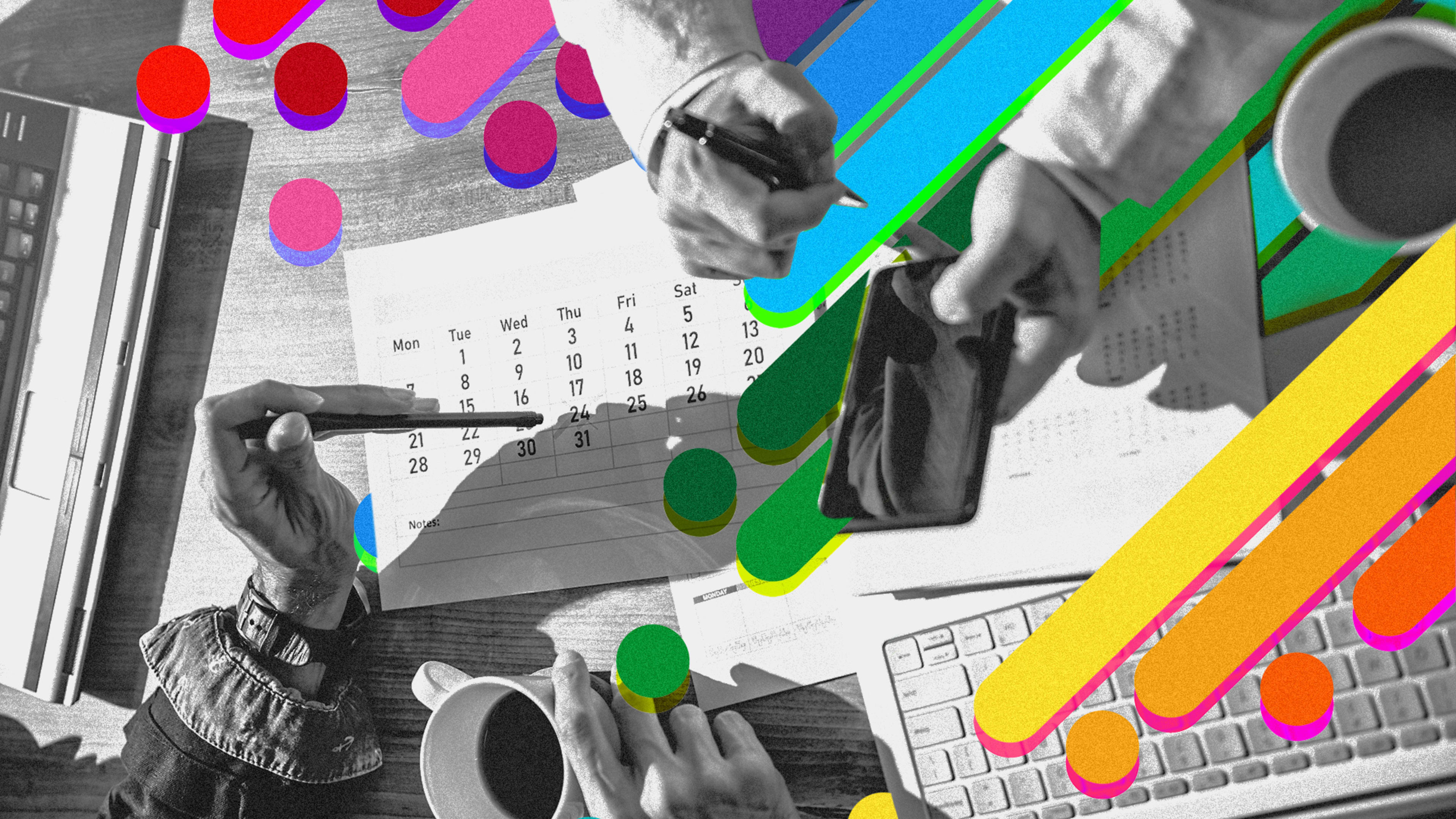An interesting fact I recently learned is Margaret Atwood is a chronic procrastinator. In a recent interview, the celebrated author of The Handmaid’s Tale told psychologist Adam Grant that she often avoids writing by doing laundry, scrolling the news, and even watching Captain Underpants. Atwood also says she considers herself lazy. But since 1967, she’s published dozens of award-winning novels, short fiction and poetry collections, children’s books, graphic novels, and non-fiction books.
Atwood’s self-described laziness is clearly at odds with her vast creative output. She rationalizes the dichotomy with this simple equation, which she describes to Grant: “Take the number of years I’ve been alive and divide it by the number of books I’ve written. They accumulate.”
Is Atwood productive? Who cares! She is the mind behind literary masterpieces. While she might question her own work habits, what matters to her fans and onlookers is her creativity, or her original voice and perspective on the world. Ultimately, it is Atwood’s creative contribution that will endure—not how she crushed her to-do lists.
I often write about productivity. And the company I built helps organizations and individuals to be more productive, but it’s not my singular passion.
All the tools and strategies towards productivity should equip us to make something meaningful. The online world may be hungry for productivity hacks and achieving “inbox zero,” but most of us long to embrace our inner artist, entrepreneur, or humanitarian.
Creativity as born out of productivity
Productivity is a concept that gained traction during the Industrial Revolution. Factory owners needed to measure workers’ performance and ensure consistent production. In the knowledge economy, work isn’t straightforward, and our output is more difficult to assess.
According to Rahaf Harfoush, the author of Hustle & Float: Reclaim Your Creativity and Thrive in a World Obsessed with Work, we’re still applying outdated concepts of productivity to abstract, creative work. “Today, knowledge workers are facing a big challenge,” Harfoush said in a recent TED video. “We’re expected to be constantly productive and creative in equal measure.”
As we’ve shifted into a digital economy, we’ll soon reach what Behance co-founder Scott Belsky calls the “productivity-creativity inversion,”
where the return on human energy spent on creativity exceeds that spent on productivity. Big data, machine-learning, and AI will crunch the numbers, gather data, manage accounts, and do the busywork that clogs our to-do lists. “With technology taking care of productivity,” Belsky writes in Wired, “we humans will produce value by doing what only we can do: thinking and acting creatively, producing something entirely new.”
If you’re ready to tackle what matters, here are three tactics to help you make the shift. It’s easy to be seduced by productivity, but in my experience, you’ll gain far more peace, satisfaction, and happiness by prioritizing your creativity.
Try a maker’s schedule
In 2009, Y Combinator co-founder Paul Graham wrote an influential essay about two different scheduling styles. Leaders and managers are typically ruled by their calendars. Their days break into meeting-sized chunks and they need to quickly switch focus. Managers measure their productivity by making good decisions and offering effective directions.
Makers are the developers, writers, designers, and innovators who need big chunks of time for focused work. For makers, productivity means original work. “When you’re operating on the maker’s schedule, meetings are a disaster,” Graham, the psychologist, writes. “A single meeting can blow a whole afternoon, by breaking it into two pieces each too small to do anything hard in.”
Give your creativity the upper hand with a maker’s schedule. If you have to mix in meetings, try block scheduling, which batches similar work to avoid changing mental gears. Answer emails in a single block, schedule appointments back-to-back, and reserve large time slots for creative thinking.
Slow your inflow
Multitasking is a villain that can steal your creative energy. Juggling work with videos, social media posts, articles, emails, and podcasts can drown out the inner voice that whispers new insights. “Excessive consumption and inflow inhibits creativity, negatively impacts our ability to do deep work and reduces our cumulative output,” writes author and entrepreneur, Srinivas Rao.
Too much inflow also leads to decision fatigue and lowers your attention span, which could harm your mental health, says Rao. To slow the tide, try going analog. Instead of opening a digital document, handwrite or sketch your ideas first. Take the time to hear your own thoughts and limit how much you consume from others.
Make space for a mental default mode
Creative professionals know that innovation on demand can be a slog. Fresh ideas don’t always emerge when you need them. But as former Twitter exec Bruce Daisley writes in Harvard Business Review, there’s mounting evidence that a mug of Bulletproof coffee and a steely resolve isn’t the best way to promote creativity.
The unfocused mental state that naturally occurs while you shower, drift off to sleep, or gaze out a window triggers the brain’s default mode network.
These neural regions activate when you’re focused on internal processes, like retrieving memories and feeling physical sensations.
If you want to be creative, it’s essential to make space for unconscious activity. Tune out the noise and tune in to yourself. “If we do truly value the originality of creative thought,” writes Daisley, “then it’s time to recognize that productivity and creativity often exist in opposition to one another. Productivity is focus, creativity is ‘unfocus.'”
Aytekin Tank is the founder of JotForm, a popular online form builder. Established in 2006, JotForm allows customizable data collection for enhanced lead generation, survey distribution, payment collections, and more.
Recognize your brand’s excellence by applying to this year’s Brands That Matter Awards before the early-rate deadline, May 3.
